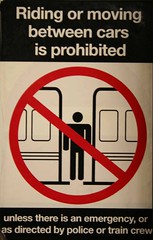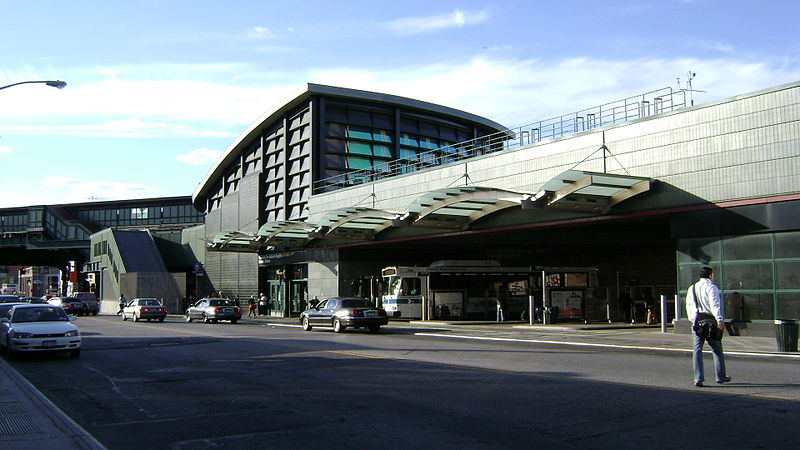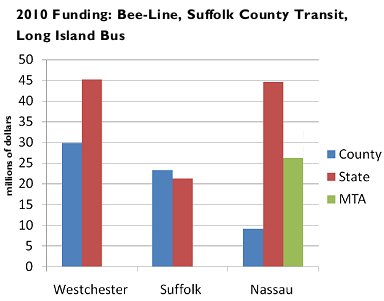 Don’t expect to build up that collection of unused MetroCards in anticipation of the looming fare hike, New York City Transit warned today. When the fares go up on December 30, straphangers will have only a few weeks to activate unused MetroCards, but those who count their days properly could still find enough time to buy an extra $89 30-day cards before the price spikes to $104.
Don’t expect to build up that collection of unused MetroCards in anticipation of the looming fare hike, New York City Transit warned today. When the fares go up on December 30, straphangers will have only a few weeks to activate unused MetroCards, but those who count their days properly could still find enough time to buy an extra $89 30-day cards before the price spikes to $104.
The full grace period will run for nearly six weeks as riders who purchase unlimited ride cards will be able to get the full value out of their cards as long as they are activated — that is swiped — no later than January 10. Pay-per-ride cards will not be impacted, and so in the time-honored tradition of hoarding tokens, riders can still stock up on these cards before the bulk discount shrinks.
As far as sunset dates go, those are staggered. In other words, if you purchase one of the unlimited ride cards before the Dec. 30th hike and use it for the first time after January 10th, you will not get full credit for all of your travel. Instead, riders will have to mail the cards back for pro-rated refunds based upon the day you first use them. Unused cards will be refunded in full. The sunset dates — meaning the last day on which previously purchased cards will be valid for travel — are presented in the table below.
| Days on Card | Sunset Date |
|---|---|
| 1 | January 10 |
| 7 | January 16 |
| 14 | January 23 |
| 30 | February 8 |
As a side note, two of the unlimited offerings — the 1-day Fun Pass and the 14-day card — will be eliminated entirely on December 30, and in the Daily News article about the sunset period, Gene Russianoff takes a shot at the Fun Pass. At $8.25, the price, like the rent, is “too damn high,” he says.
I respectfully disagree. Without the pay-per-ride bulk discount, the fun pass pays for itself on the fourth ride of the day. But since the discount currently kicks in at $8, we have to calculate that deal with a discount. With the 15 percent discount, the cost of a subway swipe is, in essence, $1.96, and so on the fifth swipe, the one-day Fun Pass pays for itself. For high-volume subway riders and tourists trying to get around town, it is — and always has been — a good deal.
The failure of the one-day card is more a problem of marketing than anything else. Because the MTA doesn’t publicize the break-even points for their unlimited ride cards, straphangers never knew on the fly when it made sense to buy a one-day card. My parents loved the one-day card from the get-go in 1999 when it used to cost $4, but today, most frequent subway riders have a long-term unlimited ride card. Thus, the Fun Pass will go the Great Unknown after December 31.

 There’s something inherently New York about walking in between subway cars. At one point or another, nearly every straphanger takes that plunge and moves between cars while the train is in motion. For some, the rush of the tunnel is excuse enough to stop outside of the cocoon of the enclosed subway car while for others, it’s a means to an end. The homeless guy is stinking up the joint. The air condition doesn’t work. Get me out of here.
There’s something inherently New York about walking in between subway cars. At one point or another, nearly every straphanger takes that plunge and moves between cars while the train is in motion. For some, the rush of the tunnel is excuse enough to stop outside of the cocoon of the enclosed subway car while for others, it’s a means to an end. The homeless guy is stinking up the joint. The air condition doesn’t work. Get me out of here.
 Throughout October’s campaign season as the MTA repeatedly came under fire, those running for office continued to call for more direct control over the MTA Board. Some of the candidates wanted to bring the MTA under the auspices of the New York State Department of Transportation or under the direct control of the governor. Others even advocated for the direct election of MTA Board representatives. New York politicians, it seems, do not know their history.
Throughout October’s campaign season as the MTA repeatedly came under fire, those running for office continued to call for more direct control over the MTA Board. Some of the candidates wanted to bring the MTA under the auspices of the New York State Department of Transportation or under the direct control of the governor. Others even advocated for the direct election of MTA Board representatives. New York politicians, it seems, do not know their history.
 James Vacca, chair of the City Council’s Transportation Committee, is quickly becoming transit advocates’ most vocal supporter in New York government. Today, Vacca along with Gene Russianoff, Paul Steely White and Kate Slevin issued a call for New York state, mired in a budget crisis, to keep its hands off of money ostensibly earmarked for transit.
James Vacca, chair of the City Council’s Transportation Committee, is quickly becoming transit advocates’ most vocal supporter in New York government. Today, Vacca along with Gene Russianoff, Paul Steely White and Kate Slevin issued a call for New York state, mired in a budget crisis, to keep its hands off of money ostensibly earmarked for transit.

